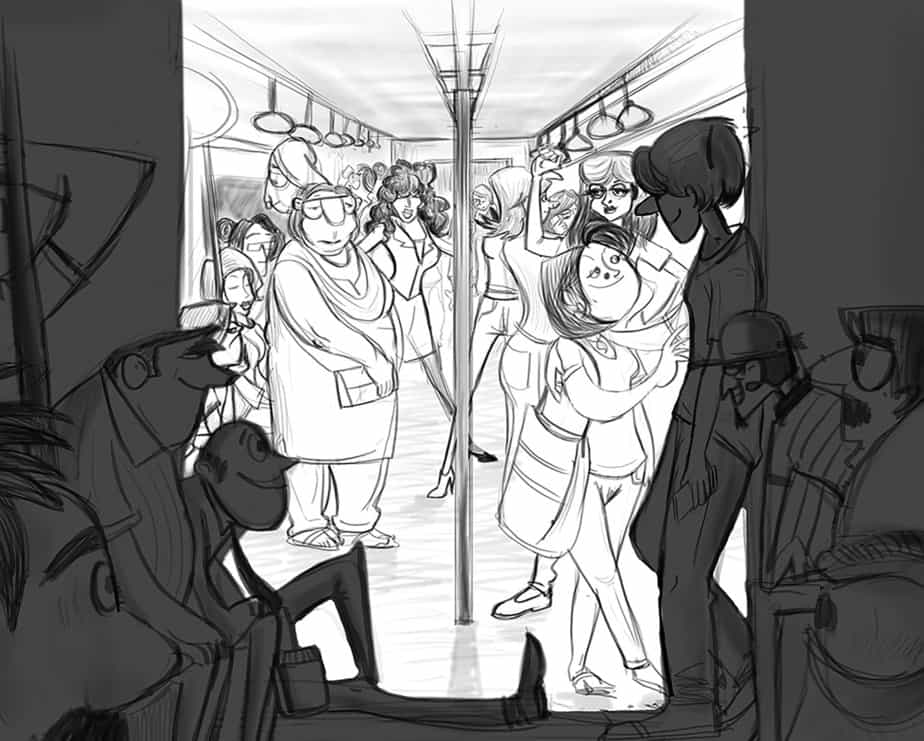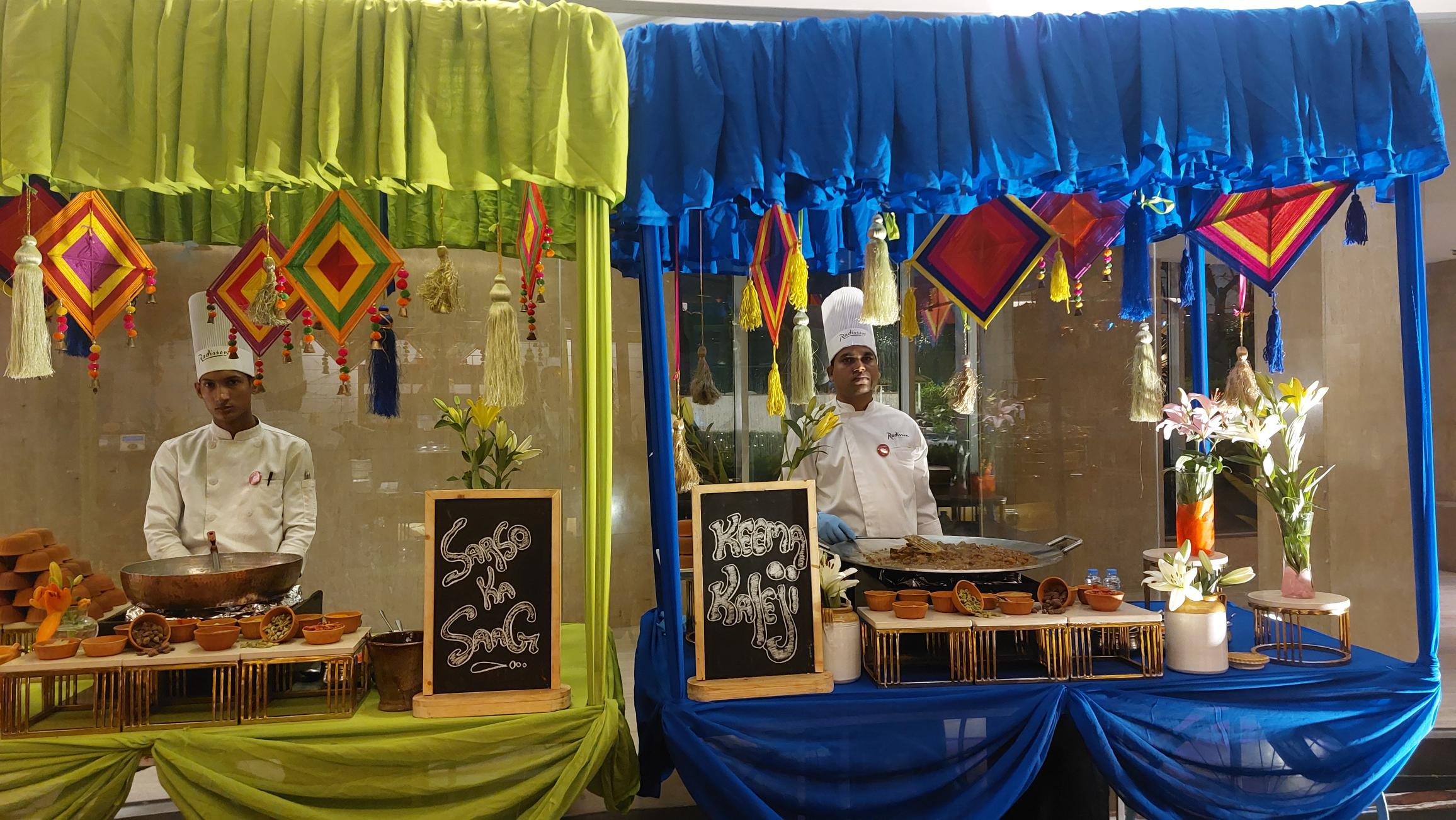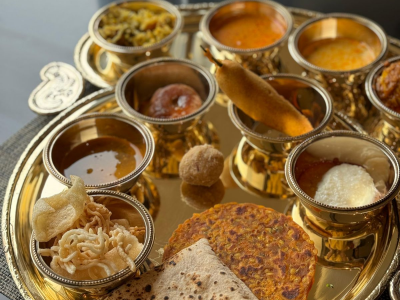No time to go window-shopping to pick up fashion tips? Look around you in the Delhi Metro. That’s the new fashion alley
A kurta so long it touches the ground, worn with a mini-skirt peeping through the long side slits. No, you won’t find any mannequin sporting such a look in a fancy store window. That’s how fashion is attempted by Delhi-ites in their relentless bid to mix ‘n’ match colours, couture and traditional dress.
You might not find these creative attempts in established fashion streets or much-touted shopping centres and marketplaces. But you can spot them in the Metro, where the platform is a catwalk, and the compartment bristles with fashion ideas that can be picked up for free.
Want to know the most recent trends? Want to find inspiration and the confidence that others have done it before? Look at the Metro map and hop on. The Yellow Line, that starts from Jahangirpuri to Huda City Centre, is possibly the most rewarding per kilometer. It sees a plethora of travelers in their favourite clothes; students from Delhi’s north-campus in their borderline loungewear to south Delhi’s unapologetic female club in their cotton ensembles, and the Gurgaon office goers, each with his/her backpack stuffed with things to keep him/her through the metro ride and the day.
Gazing at others and noticing the next person’s personal style may not come naturally to most but it does happen with those who study fashion, accepts Jasnoor Grewal, a fashion designer who travels to work every day via Metro. “I like that there is no specific crowd or fashion culture in a metro. Unlike the shopping destinations, you see a spectrum of possibilities on how one can team up clothing separates even from different eras. I love those innocent efforts people make at mix-matching their look.” The common platform that Metro is for people from all walks of life makes it fascinating.
Ask Swati Dey, a frequent Metro traveler. “Even the arms-length gloves now come in floral patterns. You know, the gloves women wear to protect themselves from the sun once they step out of the Metro station,” she observes. Many times, you can guess a person’s profession and destination, even where he/she comes from, based on their way of dressing.
And it’s not just about women. “I see most men in simple formal wear, a kind of mix of comfortable and conservative style. But then again there are those who would wear a casual polo dangling outside a worn-out pair of pants and slippers to go with it,” says Udit Garg who until recently was using Metro to travel to his office in Gurgaon. From Saket to Huda City Centre, the train is observed to be full of employees working in multinationals, many times seen adding formal layers to their look and changing their floaters to something more appropriate before de-boarding.
Sometimes we come across this one person in an incredibly stylish outfit, that makes us search for it for days in the market. One may never bump into Katrina Kaif on the Metro, but life-size posters of Kaif dressed in Big Bazaar’s clothing line definitely helps these retailers do better business. Amazon Fashion’s campaign back in 2015 targeted 15.40 lakh daily commuters on the Yellow Line to promote Amazon as an online fashion destination.
Apart from fashion, you can also pick up tips on what books people are reading or what headphones are better companions for the long journey. Then there are hairstyles, shoes, handbags…
Namita Sharma (name changed) who works with a fashion designer in Noida told us, ‘’Once I saw a textile that we use to make expensive couture in our office, on a pair of bellies (round-toed shoes) worn by a girl who apparently looked like a student. I realised everything is so same.” An incident like that suggests the degree to which Metro as a space becomes an equaliser for people and their clothing. “Since then I differentiate fashion by its form and function, rather than what it costs,” she says.





